What does a cover letter look like?
Your cover letter creates an important first impression with recruiters. Do you know what a cover letter should look like this year? Find out with our tips!
Your cover letter creates an important first impression with recruiters. Do you know what a cover letter should look like this year? Find out with our tips!
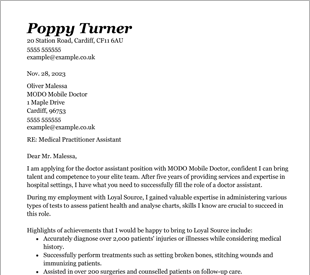
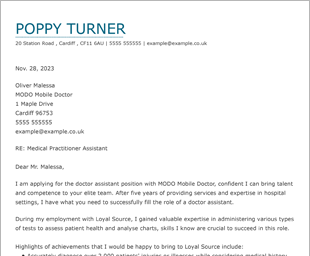
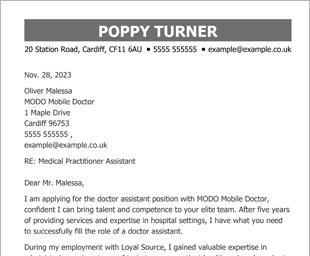
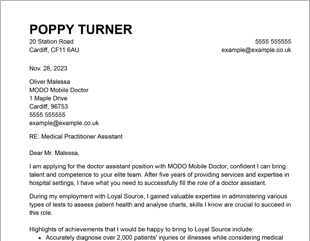
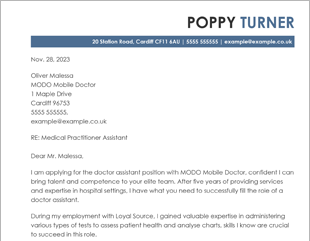
OUR USERS HAVE BEEN HIRED BY
Whatever cover letter format you choose, it is important that it is in step with your CV. If you use an infographic based CV to apply for a job posting in a creative industry, the body of your cover letter should follow the same style. If you work in a traditional industry and you apply to a job posting in human resources or law, for example, a simple, professional format and appearance may be best. Therefore, a great cover letter is like a great CV—they should both be appropriate to the job application they are intended to support.
If you want assistance in building a great cover letter, you can make use of CVHelp’s cover letter builder.
1. Address the hiring manager directly Your salutation is one of the first things a recruiter or hiring manager will see, so it’s important to get it right. Address the hiring manager by name if you can.
2. Fill the gaps in your CV If you have any noticeable gaps in your work experience, address them in your cover letter. Likewise, if you lack formal qualifications for certain required skills but have used the skills in a professional environment, you should mention this in your cover letter. The best cover letter is one that supplements your CV rather than repeating its points.
3. Choose the right font and margins Even a generic cover letter can be elevated by the right formatting. As such, you should take care to choose the right font and margin sizes. A simple, readable, professional-looking font like Arial or Calibri will make your cover letter look good and increase readability. The margins of your cover letter should generally be one inch all around but no less than a half-inch.
4. Include the right keywords Just as your CV should mirror the language of the job posting, your cover letter should do the same. The presence of important keywords (skills and experiences that match the job description) will help your CV scan well for applicant tracking systems (ATS) and catch the attention of hiring managers and recruiters. The right keywords will go a long way toward convincing a potential employer that you are the perfect candidate for the job.
5. Give examples When you give examples of your skills and certifications in action, you should be as specific as possible and use the STAR method (which is commonly used for job interview behavioural questions) to format the answer in a concise and complete way. On top of these things, you should also make sure to put the company name and job title you are applying for in your opening paragraph.
A cover letter might technically not be necessary when you submit a job application, but failing to have one at the ready can have a negative impact on your job search, especially if you’re asked to submit it. Get in the habit of writing a cover letter for every job you apply to.
Your cover letter should include your contact information, discuss why you are applying for the job description in question, and explain what makes you the best candidate for the job in a way that invites the recruiter to read your CV and consider you for an interview.
Yes. Cover letter templates are very useful tools, especially for recent graduates looking to get an edge in this competitive job market. CVHelp has a range of cover letter templates you can consider.
We personalize your experience.
We use cookies in our website to ensure we give you the best experience, get to know our users and deliver better marketing. For this purpose, we may share the information collected with third parties. By clicking “Allow cookies” you give us your consent to use all cookies. If you prefer to manage your cookies click on the “Manage cookies” link below.